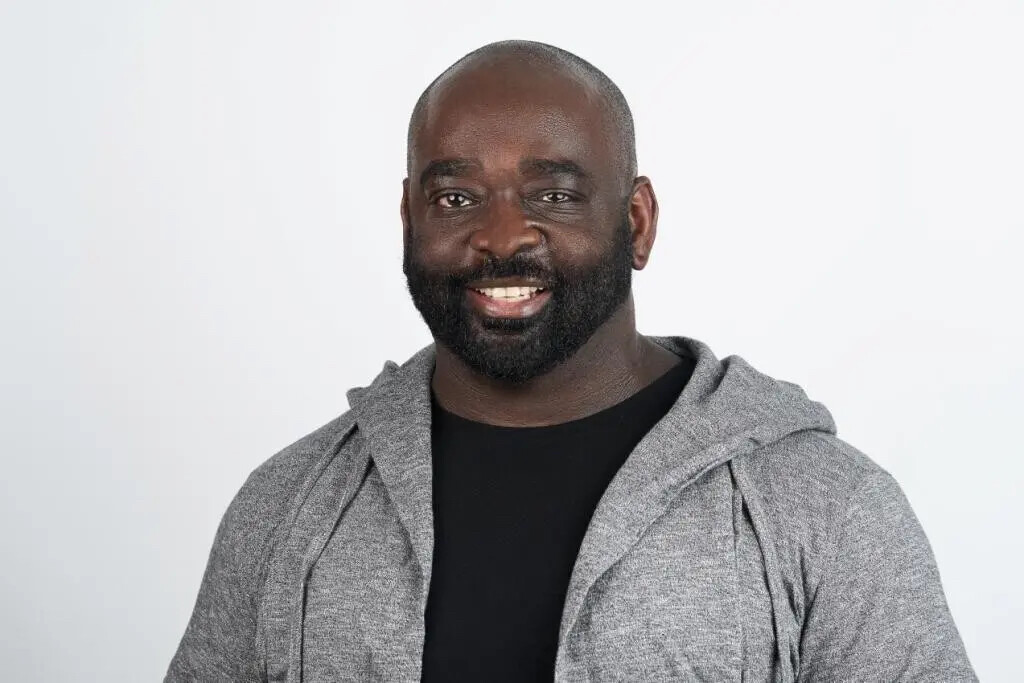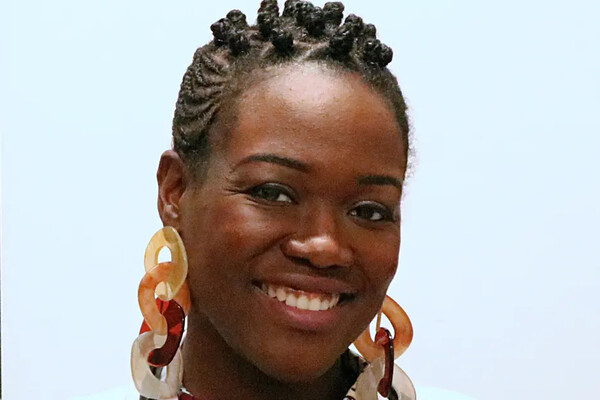Mobile Menu
- Education
- Research
-
Students
- High School Outreach
- Undergraduate & Beyond: Community of Support
- Current Students
- Faculty & Staff
- Alumni
- News & Events
- Giving
- About

Throughout his career as a physiotherapist, Courtney Bean has taken on several leadership roles, acting as a champion for the profession.
Bean graduated from the physical therapy program at the University of Toronto in 1996, and is currently an adjunct lecturer with the PT program in the Temerty Faculty of Medicine.
Writer Rachel LeBeau caught up with Bean to ask about his advice for physiotherapy students and how he sees the profession evolving.
Tell us a bit about what you have been up to since graduating from U of T.
After graduating from the physical therapy program at U of T, I moved to Hawaii to practise. I worked there as a physiotherapist for two years before moving to California, where I worked at Kaiser Permanente for seven years and continued my education in orthopaedics. I’m actually in the midst of completing research for my clinical doctorate degree.
Throughout my career, I’ve progressed from clinical roles into leadership roles. I have since returned to Toronto and currently work as the vice president, strategic solutions & partnerships at VHA Home HealthCare. I also have the honour of serving as president of the Ontario Physiotherapy Association, am a founding member of the Black Physiotherapists Association, and sit on the Black Opportunity Fund health task group.
Why was it important to you to see the Black Physiotherapists Association (BPTA) established?
When I was in school, we never learned anything about how to treat patients with different skin colours. We were only taught about what we were going to see on a white complexion. Different injuries, including burns and bruising, look different depending on the patient’s skin colour. That was never depicted in any textbook or resource we used.
The Black physiotherapist community in Canada is pretty small, so it was important for us to establish the BPTA to create more opportunities to encourage, mentor and support each other as well as act as a resource for our community.
When we started, I couldn’t appreciate the full value of the association as much as I do now. It has been important that the opinion of the BPTA has been sought out by the College of Physiotherapists of Ontario, Physiotherapy Education Accreditation Canada and the Ontario Physiotherapy Association to provide input on proposed policies, curriculums and the profession.
It has also been very valuable for Black physiotherapy students to see practising clinicians who have had similar experiences to those they will face as Black health care providers in Canada. We hope to have more opportunities in the future to mentor and support Black physiotherapy students, as well as future students who may not have been exposed to physiotherapy and may not know about this career path or who have never seen themselves reflected in the profession.
In what ways did the physical therapy program at U of T prepare you for your current leadership roles?
When I started the program, I was just focused on studying. But I soon found a lot of opportunities to take on leadership roles — like helping to organize frosh week activities for incoming students and being on student council.
Also, just before I graduated in 1996, we launched the constitution of the National Student Assembly for the Canadian Physiotherapy Association, which marked the beginning of this valuable work giving physiotherapy students more opportunities to connect and provide input into the profession.
Even though the program kept me busy with schoolwork, it afforded me these leadership opportunities that were the beginnings of my leadership career, both as a clinician and now as an administrator.
I believe physiotherapists are well-suited to be leaders. The way we think and respond are conducive to a lot of leadership roles. When I see the amazing accomplishments of many of my classmates and others in the profession, it is clear we are natural leaders on many different fronts.
What advice do you have for students in the physical therapy program?
My first piece of advice is to enjoy the journey. I know it’s easy for me to say being on this end as a practising clinician and administrator but there are exciting lifelong learning skills and opportunities in the program!
My second piece of advice is to be open to the different areas of practice until you’ve had an opportunity to try them. You may end up loving an area you never considered. I used to think working at sporting events would be cool, but my most rewarding patient encounters happened when I worked in neurorehab. I realized I prefer building relationships with patients over time and helping throughout their recovery.
What are some emerging trends you are seeing in the profession?
We are definitely going to be seeing changes to physiotherapists’ scope of practice. With the heavy needs of health care, we are going to see the role of physiotherapy expanded. We must embrace this and jump on these opportunities to do more.
To add to this, we are seeing more opportunities to be integrated into family health teams and work with other health care professionals, like physicians, occupational therapists, nurse practitioners and others. Right now, with access to primary care physicians being limited, physiotherapists, with their amazing knowledge and skills, can play an even more expanded role in the health-care system.
This is what excites me about the new Scarborough Academy of Medicine and Integrated Health (SAMIH) campus — having different health care professionals in the same building will create more opportunities for collaboration.

